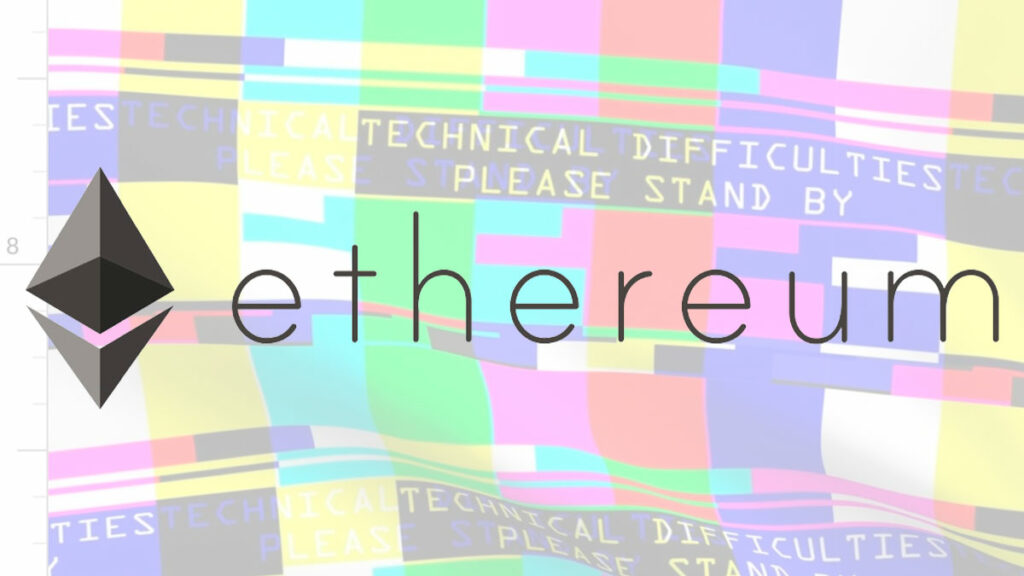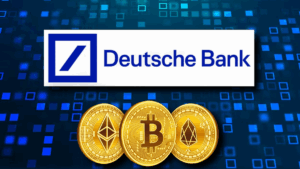Ethereum’s much-anticipated Dencun upgrade, which went live on the Goerli testnet, has encountered a hiccup. The upgrade, which was pushed at 6:32 UTC, failed to finalize in the expected time. This setback is likely due to low participation and validators not upgrading parts of their software that would have assisted with finalization.
We might get to do a proper non-finality test on this over the next few hours/days if we don't see more validators upgrade 😅
— timbeiko.eth ☀️ (@TimBeiko) January 17, 2024
The Dencun upgrade is a significant step towards a new, less costly method of storing data on the main Ethereum blockchain. It introduces “proto-danksharding”, a feature aimed at reducing Layer 2 transaction fees. However, the failure to finalize on the testnet indicates that there are still hurdles to overcome before this upgrade can be implemented on the mainnet.
Finality, the irreversibility of a transaction once it has been confirmed and added to a block in a blockchain network, is a crucial aspect of blockchain technology. The failure to achieve finality on the testnet underscores the challenges that developers face in implementing new upgrades.
Despite the setback, developers remain optimistic. They expect the issues to be resolved in the coming days. The testnet, a network that mimics real-world blockchains, is used to test applications and important upgrades before they are pushed live on a mainnet. Therefore, encountering and resolving issues at this stage is a normal part of the process.
How Will the Dencun Upgrade Affect the Future of Ethereum?

The Dencun upgrade is part of a three-phased approach to eventually enacting the new data storage method. Once the issues on the Goerli testnet are resolved, the upgrade will be tested on the Sepolia and Holesky testnets. If no major issues are found, the upgrade will then be scheduled for activation on the mainnet.
In terms of technical magnitude, the Dencun upgrade is set to be the most significant development for Ethereum since the Shapella upgrade that took place in March of the previous year. The Shapella upgrade was a key event as it allowed for the withdrawal of staked ether (stETH).
This development was a crucial part of Ethereum’s ongoing transition from a proof-of-work blockchain, which is known for its high energy consumption, to a more energy-efficient proof-of-stake blockchain.
This transition marked the second phase in Ethereum’s evolution, following the Merge. The Dencun upgrade, often referred to as a “hard fork” in the parlance of blockchain technology, is expected to continue this progression.
This incident underscores the complexity of blockchain technology and the challenges involved in upgrading such systems. However, it also highlights the robust testing processes in place to ensure that these upgrades are thoroughly vetted before being implemented on the mainnet. As such, while this hiccup is a setback, it is also an opportunity to learn, improve, and ensure the stability and reliability of the Ethereum network.












